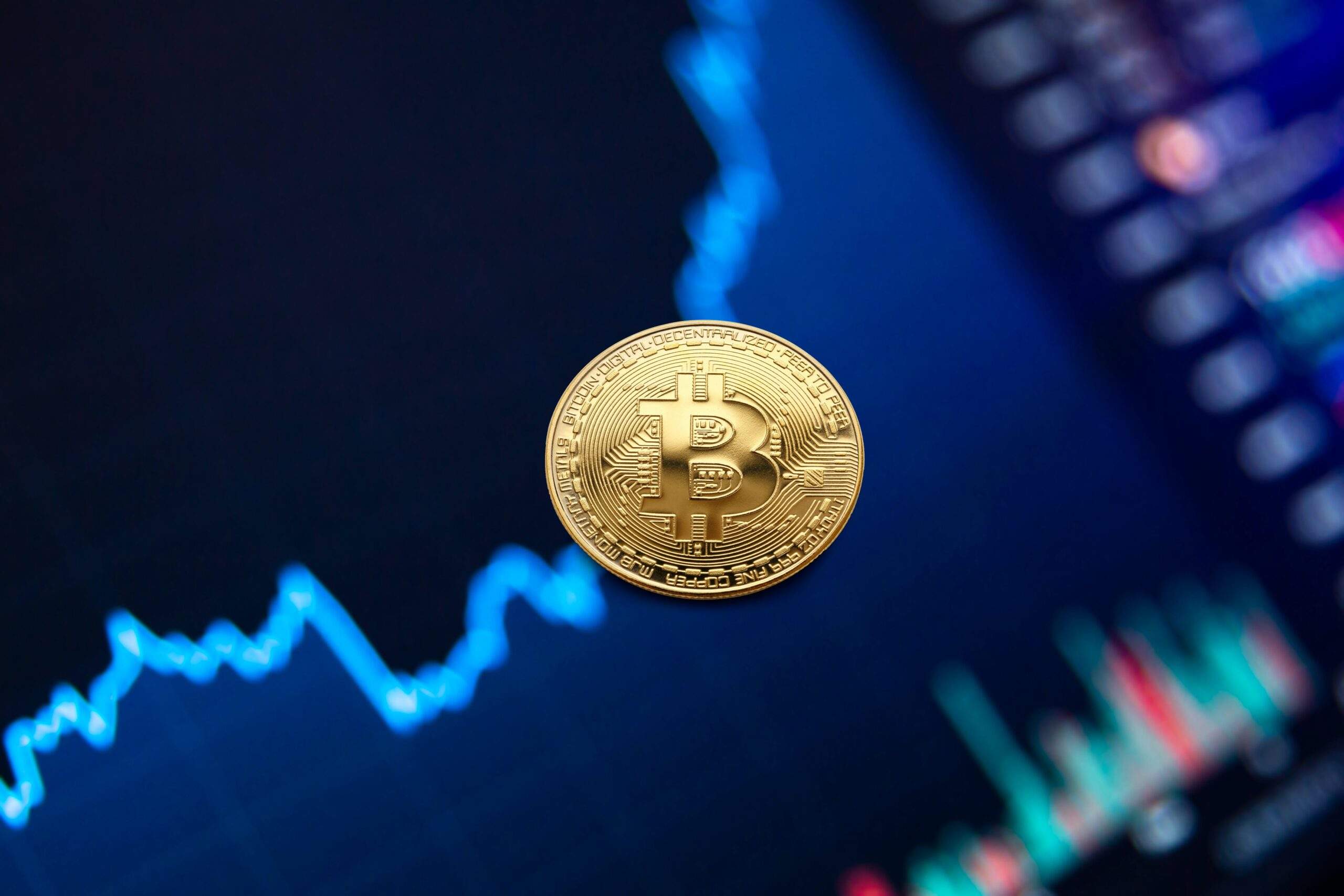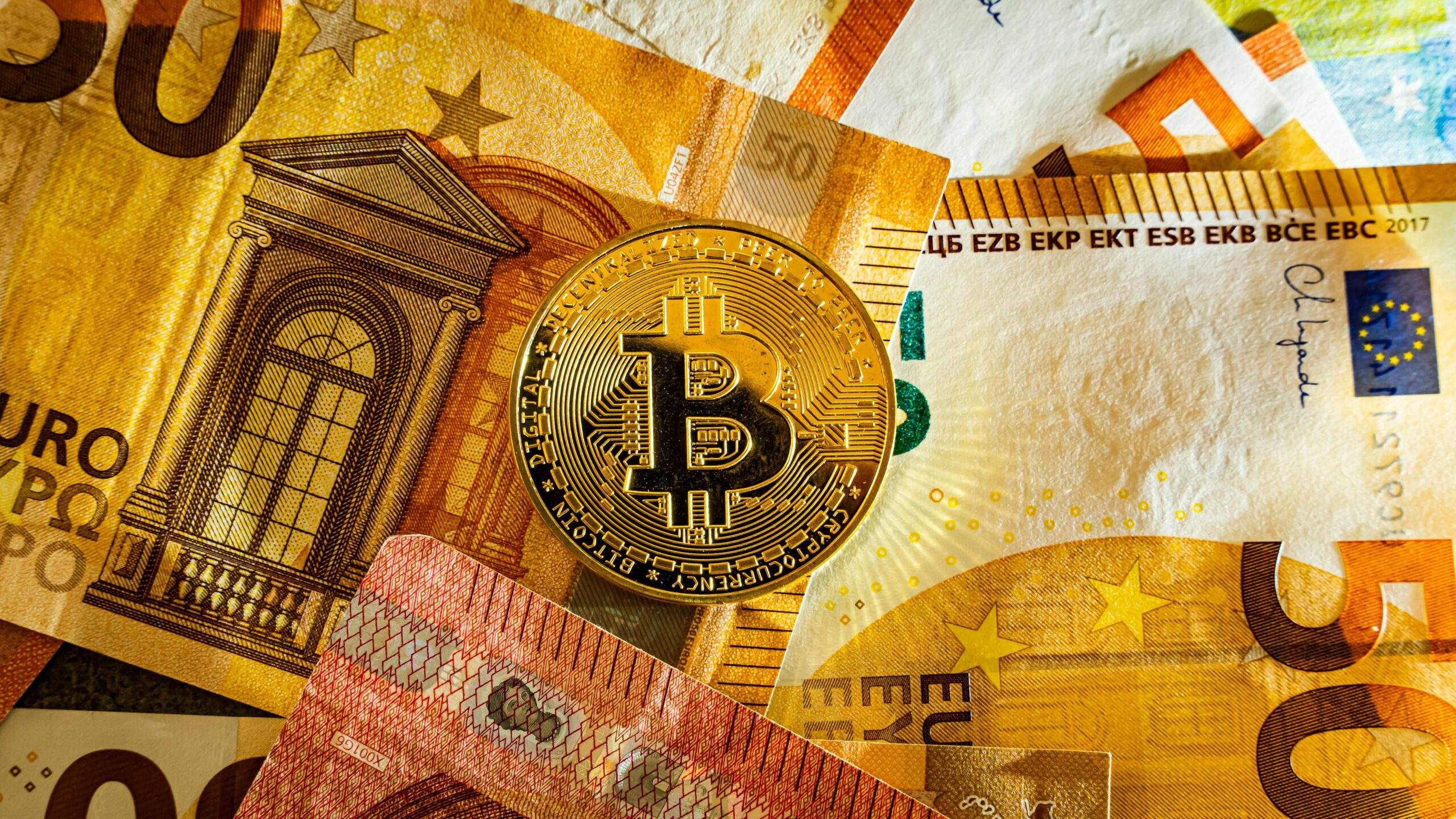The dangers of hedging are the same as the dangers of driving. As long as you are ‘in control’, i.e. your driving is moderate concerning the kind of car, road, and driving skills that you have, you are ok. If you do anything to excess, you are in danger…..in hedging, the excess is concerning the Business Risk that you are seeking to manage.
Declaimer: This article written was originally in March 2012, and some of the data points may be outdated.
For example, most hedgers define their portfolio
For example, most hedgers define their portfolio as 1 year’s (export) receivables/ payables and draw up their hedging plans concerning this portfolio size. However, impressed by the often outstanding profitability of some skillful (or lucky) hedging operations, companies tend to define their portfolios over long periods, losing all links with the Balance Sheet that they are carrying. I have seen this happen at some Indian companies, especially in the commodity sectors.
In actual practice, I find that the leadership in such companies has no understanding of the link between hedging and speculation, or the difference between the two. This results in unrealistic expectations being built up, which invariably come to grief.
Companies sometimes confuse “natural hedges” with an absence of Risk, thereby finding it unnecessary to manage these natural hedges. This is the most dangerous misconception of all, because it gives you the impression of apparent safety, pushing you to take on extraordinary Risks.
The illusion of safety is particularly dangerous because it prevents companies from even calculating the Cost of Doing Nothing. In many businesses, I have seen that profitability in an importing/ exporting business is historically volatile, but there is no attempt to even analyze why it is so. Even “naturally hedged” flows in large companies, (where the Fx balance is across businesses, i.e. one business is exporting, while the other is importing, but they have sharply different profitability), are never analyzed to examine whether they are safe, and do the ‘natural hedge’ increase or decrease profitability. For example, you could be importing oil (or a downstream petrochemical) and exporting gases in a different business. Now your imports are inelastic and go into a low-margin business, but your exports are highly profitable but highly elastic to forex movements. So you think you have a natural hedge, but actually, your profitability is very sensitive to forex movements.
What Is Static Vs? Dynamic Hedging?
Static hedging is when the hedger takes a ‘view’, i.e. he sells his Dollars at a particular point, which he thinks is a ‘good’ price. This price is usually determined concerning his business, and not concerning the market. So if his cost of production is $= Rs. 50 (equivalent), he might find 55 a good price to sell, even if the actual price line subsequently shifts to 60. This kind of hedging is done by high Value-Added businesses, like Auto Components and Fashion Garments.
But if you are importing, or exporting (or worse, importing AND exporting) low-margin products like (say) paraffin wax, chemical solvents, and plastic granules, you need to be SURE that the average import price of your inventory is in the lower percentile of the market movement in the $, otherwise you are out of business. For example, if you were ‘lucky’ enough to have imported 6 months’ supply of plastic granules in April 2013, you are doing roaring business. But if you are bringing in the stuff at Rs.63 to the $ (including Forward Premium), you are probably selling at a loss.
To survive, you have to shift to ‘dynamic hedging’, i.e. ‘capture volatility’ to bring down your inventory cost a $ equivalent of 57 before you can eat. That means using statistically robust techniques to ensure that your daily selling and buying of Dollars in the Futures markets, gives you enough profits to subsidize the selling price of your finished product in the Physical Business. And this is the subject of a book, not a paragraph in a column…..:).
When Does Hedging ADD to Risk?
Simple. When the resulting leverage that you take on, is far more than what is either prudent or in proportion to the demands of your Physical Business. When the Treasury guy’s room is next to the Promoter’s, when he no longer reports to the CFO, when his tantrums (and his salary) take most of the CEO’s time and money, in that order…………when the company is a Hedge Fund masquerading as a sugar/ steel/ textile/ housing or whatnot company.
You can’t fully describe it, but you know it when you see it…
What Do Hedge Funds Do? And Do They Always Hedge?
Hedge Funds, in this confusing world, don’t always hedge, just like Mutual Funds are not always (in your) Mutual (interest), nor is Private Equity always very Private…In a world where Governments don’t always govern, you should not be surprised. Hedge Funds hedge, almost as much as (most) governments govern, is that an answer?
Since most hedging is done with leverage, one confuses ‘hedge’ with ‘leverage’. But correlation is not causation. Hedging, as explained above, is about taking opposing positions to the Risk embedded in a Physical Business, usually in a derivatives market (either OTC or exchange-traded). Since derivatives involve leverage, they can add Risk, if done in excess. This use of leverage is what is common among Hedge Funds, not that they are hedging. The correct term for them should be “leveraged funds”, not Hedge Funds. I don’t know how it got to this…
What Are The Skill-Sets Involved Here And Why Does This Look So Difficult And Complex?
Volatility looks complex because we are unable to separate the noise from the Risk. Most of the time, stock/ commodity/ forex prices are in “Brownian Motion”, i.e. they are randomly fluctuating around a mean variable, which is the perceived (consensus) value. News flow tends to create ‘shocks’, which is hated by the crowd, i.e. the market. Hence, most outsiders, especially those who have only a passing interest in markets, tend to view these sudden ‘shocks’ as part of the ‘risk’ embedded in markets. This creates the aphorism that “volatility represents Risk”, which is the received wisdom of Classical Finance. It is therefore very difficult to get people to believe that Volatility can also be an opportunity for profit. That is why most people understand Volatility as Risk, while just a few can see the opportunity in it.
In the corporate sector, this can be a differentiator in a commodity market. Companies that know how to harness Volatility to reduce cost, find extra margins where their competition is stumped. In the Sugar sector, Renuka Sugars is built on this plank; it focuses on inter-market volatility (in sugar prices, fx rates, freight rates, sugar-to-ethanol ratios, ethanol-to-oil ratios, etc). The company did an outstanding job of outperforming its local Indian competition, and thanks to this; its recent travails are because of a flawed acquisition, not to be confused with its basic differentiation from the rest of the sugar sector in India.
The Other Side Of The Deal? Who Is Selling This Insurance & Why?
Insurance is sold mostly by Insurance companies, but guarantees (of product performance) are sold by any branded company. It is often the basis of the branded identity, through an explicit (i.e. warranty) or implicit (brand quality) promise to perform as per expectations. So if your Fair & Lovely does not make you lovely, you know whom to blame…
Price guarantees are more explicit, especially in a volatile Forex environment, and therefore, much more amenable to standardization. This makes them tradeable in an exchange through standardized contracts that mean the same thing to everyone (except the morons, who think of them as lottery tickets to getting a yacht and an expensive girlfriend).
These standardized contracts typically have hedgers and speculators on either side of the trade (and sometimes bankers and investors/ hoarders, but that is another long story). As I said above, hedgers can usually be found selling these ‘Insurance contracts’, while speculators may have turned them into lottery tickets. A rose by any other name…..







